What Is A Cosplayer?
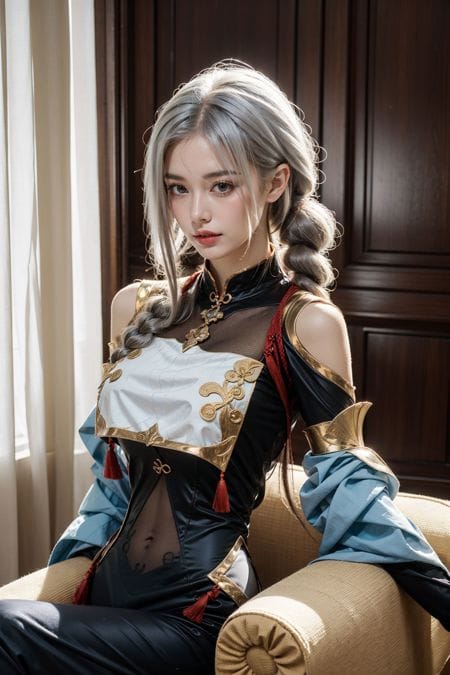
Definition of Cosplayer
The term 'cosplay' is a blend of the words 'costume' and 'play', originating from the Japanese word 'kosupure'. This term was coined by Nobuyuki Takahashi after attending the 1984 World Science Fiction Convention in Los Angeles, California. 1
Cosplay involves dressing up as characters from various fictional works, including anime, video games, comic books, and movies. Participants, known as cosplayers, often create elaborate costumes and accessories to accurately represent their chosen characters. 2
Beyond just wearing costumes, cosplayers often embody the characters they portray. This includes mimicking their behaviors, mannerisms, and speech patterns, making the portrayal as authentic as possible. This role-playing aspect is a key component of the cosplay experience. 1
While many people engage in cosplay as a hobby, it can also be a professional endeavor. Professional cosplayers may participate in modeling, attend events, and compete in contests. They may also develop their own line of materials and outfits or teach others how to create their own props. 3

www.collinsdictionary.com
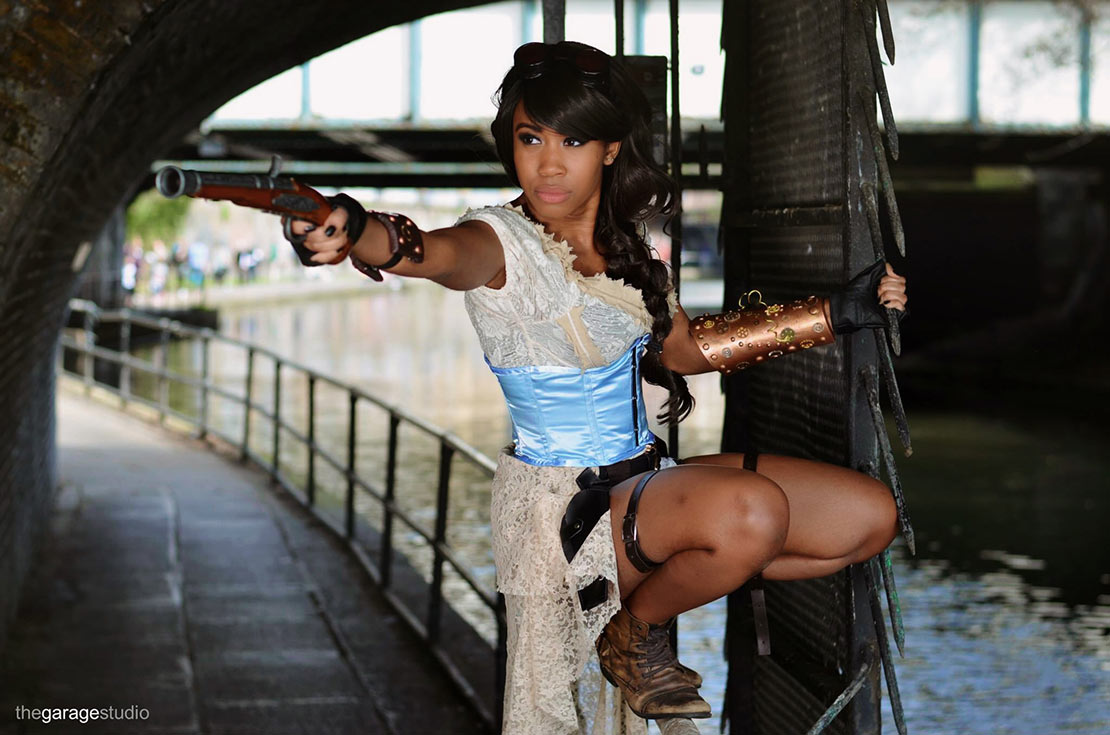
mayamada.com
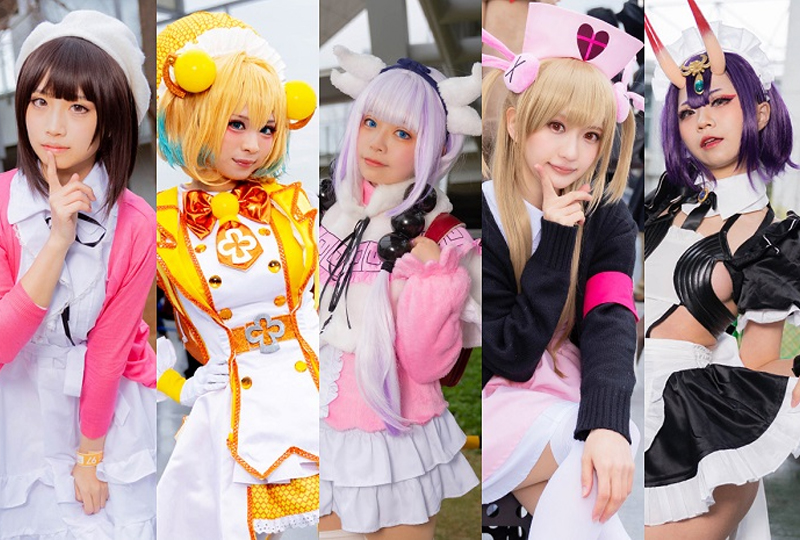
blog.janbox.com
History of Cosplay
The first documented cosplay-like event was a masquerade ball hosted by Jules Verne in the late 19th century. These events featured elaborate costumes and were precursors to modern cosplay. 4
Modern cosplay is often traced back to the 1970s in Japan, where it was heavily influenced by anime and manga fandoms. Fans began dressing up as their favorite characters from these media. 5
Myrtle R. Douglas and Forrest J. Ackerman are notable early cosplayers who attended the first World Science Fiction Convention in 1939, wearing futuristic costumes inspired by the film 'Things to Come'. 6
The term 'cosplay' was coined by Japanese reporter Nov Takahashi after attending a Worldcon event in 1984. He observed fans dressed as characters from sci-fi and fantasy movies and created the term to describe this phenomenon. 7
Cosplay gained international popularity in the 1990s and 2000s, becoming a global phenomenon. Conventions and events dedicated to cosplay began to emerge worldwide, attracting fans from various cultures. 8

cosplayerjourney.com
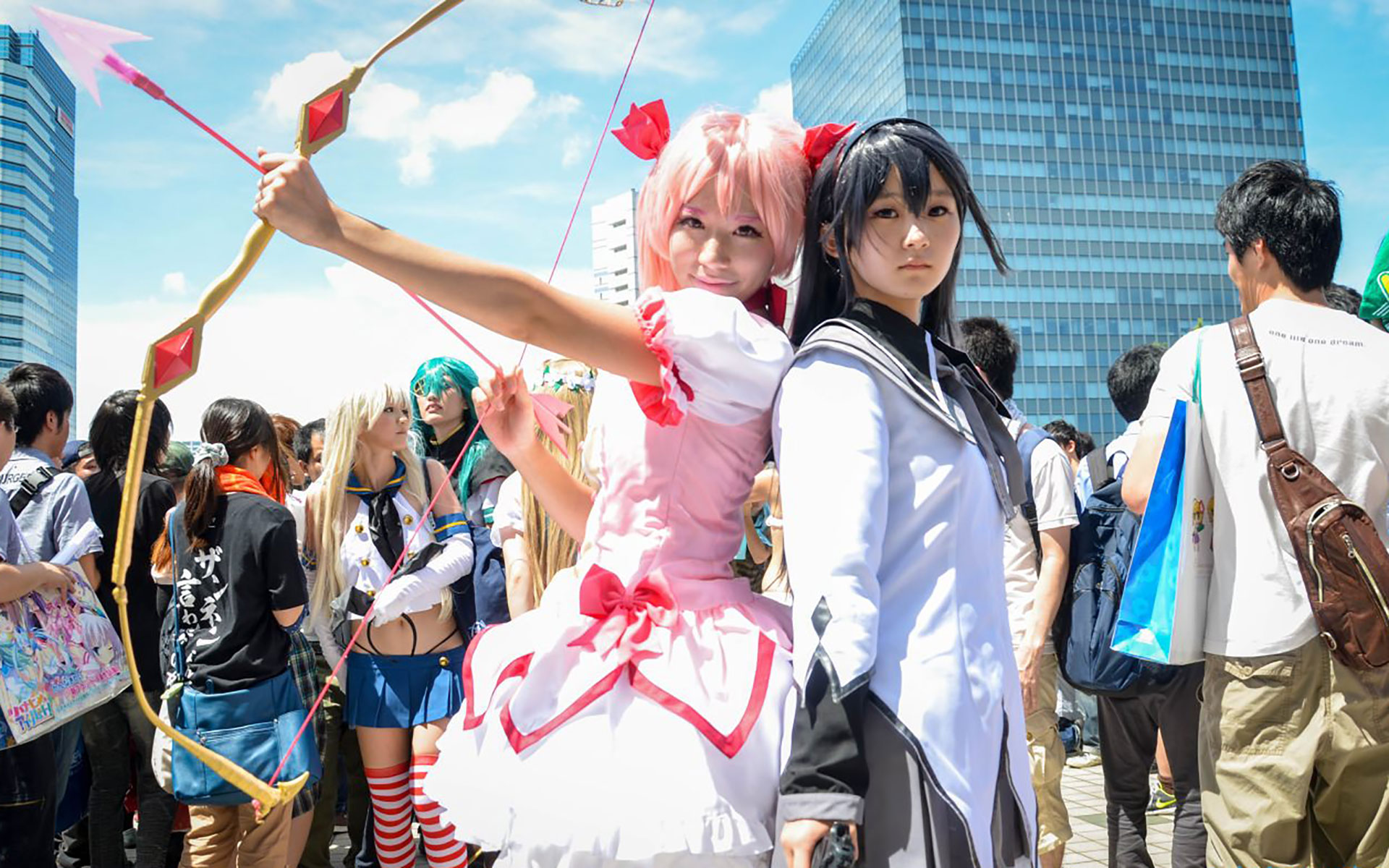
vocal.media
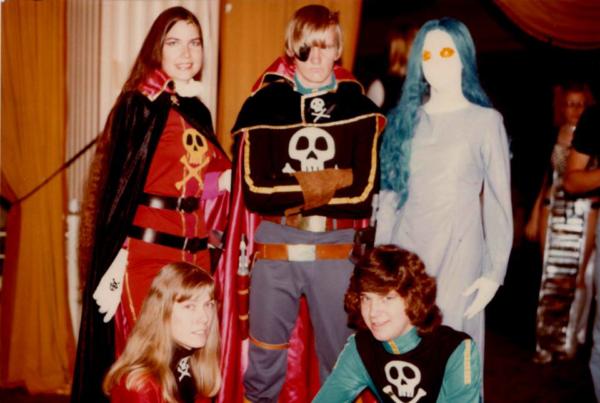
kwinnpop.com
Activities Involved
Creating a cosplay costume often involves a variety of skills, including sewing, crafting, and prop making. Cosplayers may spend months perfecting their outfits, using materials like EVA foam, fabric, and paint to achieve an authentic look. 9
Fan conventions such as Comic-Con, Anime Expo, and Worldcon are major events for cosplayers. These gatherings provide a platform for cosplayers to showcase their costumes, participate in contests, and connect with fellow enthusiasts. 10
Photoshoots are a popular activity among cosplayers, allowing them to capture and share their costume creations. These sessions often take place at conventions or in themed settings, providing a backdrop that enhances the character portrayal. 9
Acting in character is a key aspect of cosplay, with participants often adopting the mannerisms and speech patterns of the characters they portray. This role-playing element adds depth to the experience and engages both the cosplayer and the audience. 1
Cosplayers frequently share their work online, posting photos and videos on Social Media platforms. This online presence helps them connect with a broader community, gain feedback, and inspire others with their creativity. 9
Cultural Significance
Cosplay reflects and celebrates popular culture, particularly in the realms of anime, video games, and comics. It allows fans to embody their favorite characters, bringing fictional worlds to life. This practice has become a significant part of fan conventions, where enthusiasts showcase their dedication and creativity. 11
The influence of cosplay on media and entertainment is profound, with characters and costumes often becoming iconic. Cosplayers' attention to detail and authenticity can elevate the status of certain characters, making them more recognizable and beloved by a broader audience. 7
Cosplay fosters a deep engagement with fandoms, allowing fans to connect over shared passions. This sense of community is evident at conventions, where fans of various media come together to celebrate their favorite characters and stories, creating a vibrant and inclusive environment. 9
As a form of artistic expression, cosplay showcases creativity and Craftsmanship. Cosplayers often spend countless hours designing and constructing their costumes, using a variety of materials and techniques to achieve the desired look. This dedication highlights the artistic skills involved in the hobby. 5
Cosplay promotes Cultural Exchange, with influences from Japanese pop culture spreading globally. The practice has introduced many to anime, manga, and other aspects of Japanese media, fostering a greater appreciation and understanding of different cultures through the shared love of characters and stories. 12
Cosplay Community
The cosplay community is celebrated for its inclusivity, embracing individuals from diverse backgrounds. This welcoming nature allows people of all ages, genders, and ethnicities to participate and express themselves freely. 12
Support networks within the cosplay community are robust, with members often forming close-knit groups. These networks thrive on online forums, social media groups, and local meetups, providing a platform for cosplayers to share experiences and advice. 9
Skill sharing is a cornerstone of the cosplay community. Enthusiasts frequently exchange knowledge through tutorials and workshops, covering a wide range of topics from costume design to makeup application. 1
Regular events and gatherings, such as conventions and local meetups, offer cosplayers opportunities to connect and collaborate. These events are not only social hubs but also platforms for showcasing creativity and craftsmanship. 13
For many, the cosplay community provides a profound sense of belonging. Participants often find their identity and build lasting friendships within this supportive and creative environment. 9
Cosplay Competitions
Cosplay competitions vary widely, from casual parades where participants showcase their costumes to formal contests with stringent judging criteria. These events provide a platform for cosplayers of all skill levels to display their creativity and craftsmanship. 10
Judging criteria in cosplay contests often include craftsmanship, accuracy, creativity, and performance. Judges meticulously evaluate the quality of costume construction, the fidelity to the original character, the innovative use of materials, and the cosplayer's ability to embody the character's persona. 14
Prestigious cosplay events such as the World Cosplay Summit, Costume-Con, and various Comic-Con conventions attract participants from around the globe. These events are highly anticipated in the cosplay community, offering a stage for the most talented cosplayers to compete and gain international recognition. 11
Winners of cosplay competitions often receive prizes, which can range from trophies and cash awards to opportunities for professional modeling or sponsorships. Recognition at these events can significantly boost a cosplayer's profile, leading to further opportunities within the community and beyond. 14
Preparation for cosplay competitions is a time-intensive process. Competitors invest significant effort in designing and constructing their costumes, perfecting their makeup, and rehearsing their performances. This dedication is evident in the intricate details and high-quality presentations seen at these events. 9

animedallas.com
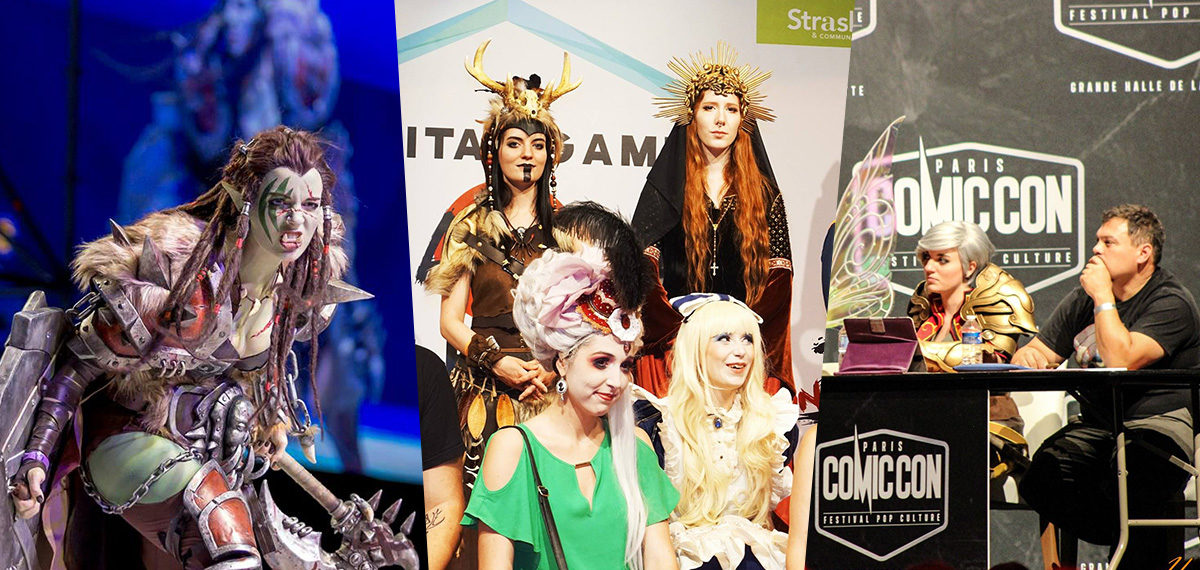
www.blackowlstudio.com
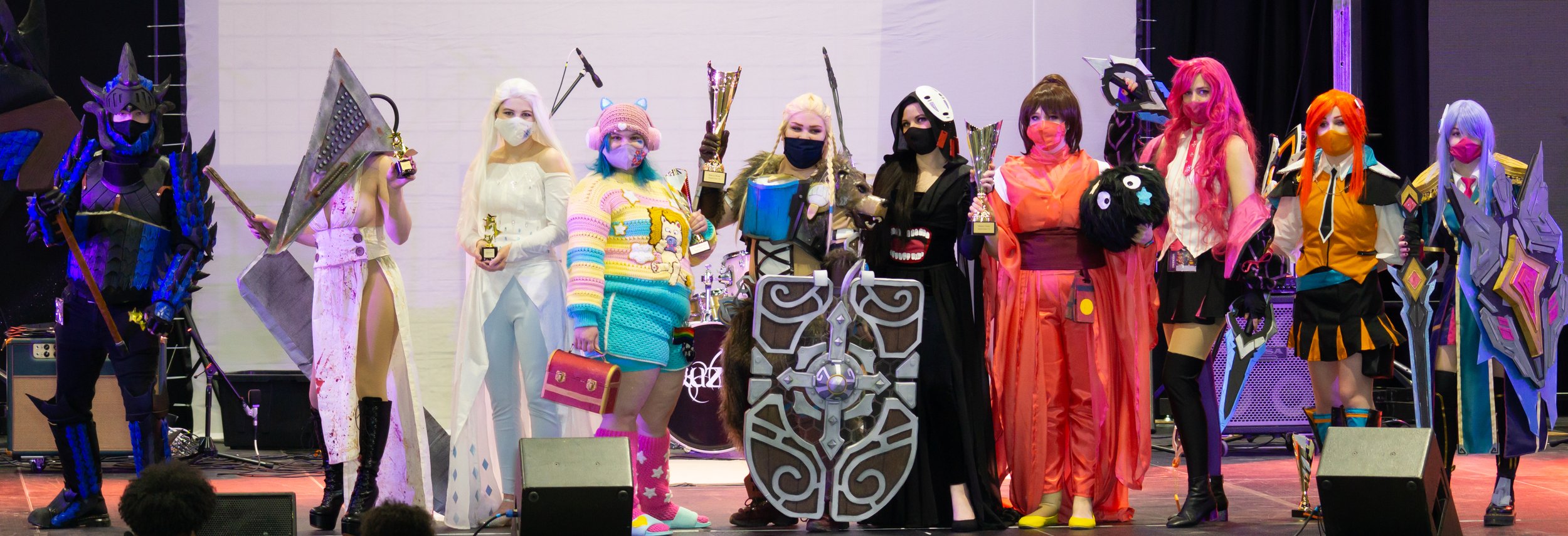
www.kamicon.net
Cosplay and Empowerment
Cosplay allows individuals to express themselves creatively and explore different facets of their identity. By embodying characters from various media, cosplayers can experiment with different looks, personalities, and styles, which can be a liberating and enjoyable experience. 9
Many cosplayers report increased confidence and self-esteem through their participation in cosplay. The process of creating and wearing a costume, and receiving positive feedback from others, can significantly boost one's self-image and sense of accomplishment. 15
The cosplay community promotes Body Positivity, encouraging cosplayers to embrace and celebrate their bodies. This inclusive environment helps individuals feel comfortable and proud of their appearance, regardless of societal beauty standards. 16
Cosplay can be empowering, allowing individuals to take control of their image and how they are perceived. By choosing how to represent themselves through their costumes, cosplayers can challenge stereotypes and assert their own identities. 17
The supportive nature of the cosplay community helps individuals feel accepted and valued. This sense of belonging and mutual respect fosters a positive environment where cosplayers can share their passion and creativity with like-minded individuals.